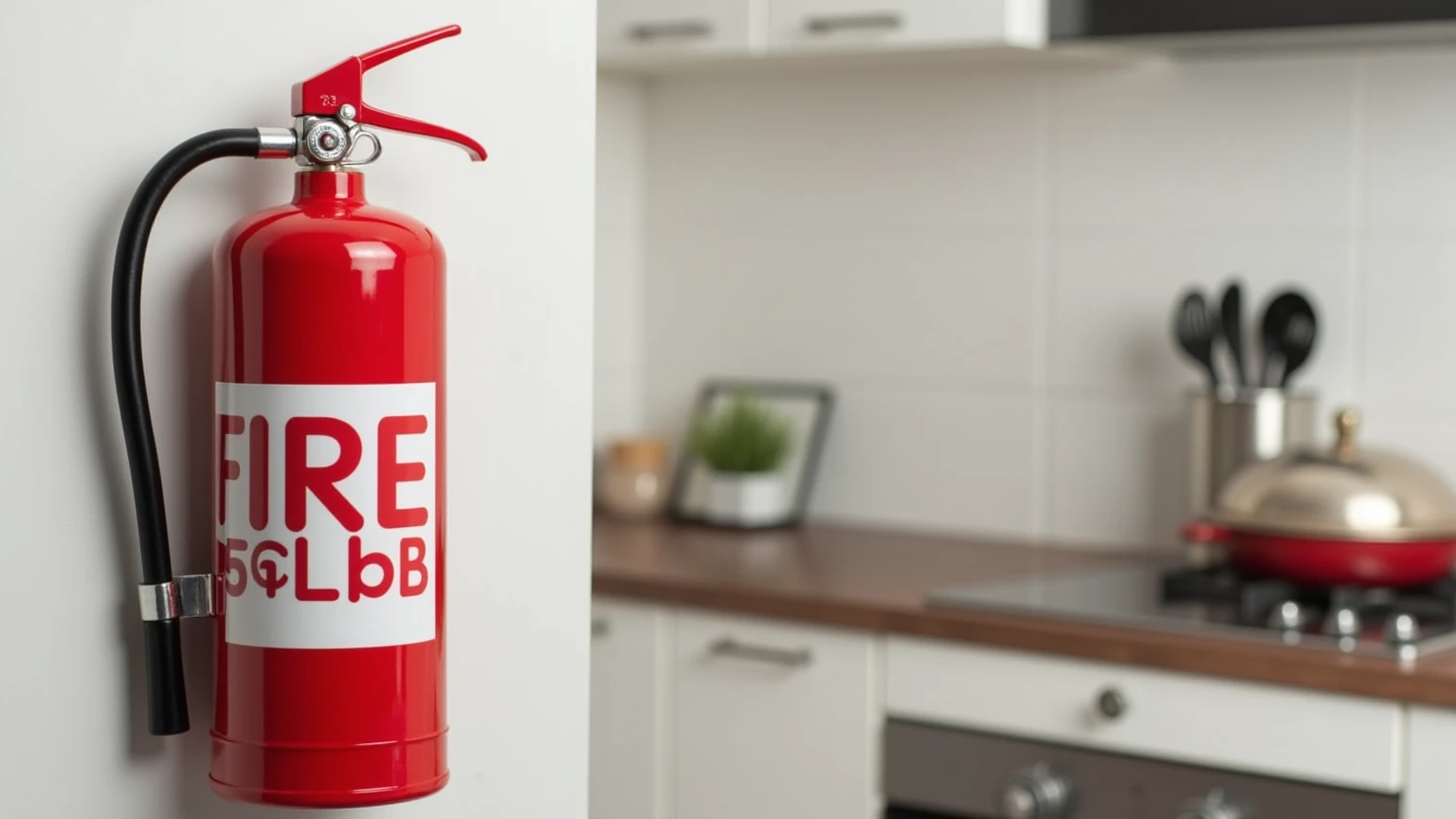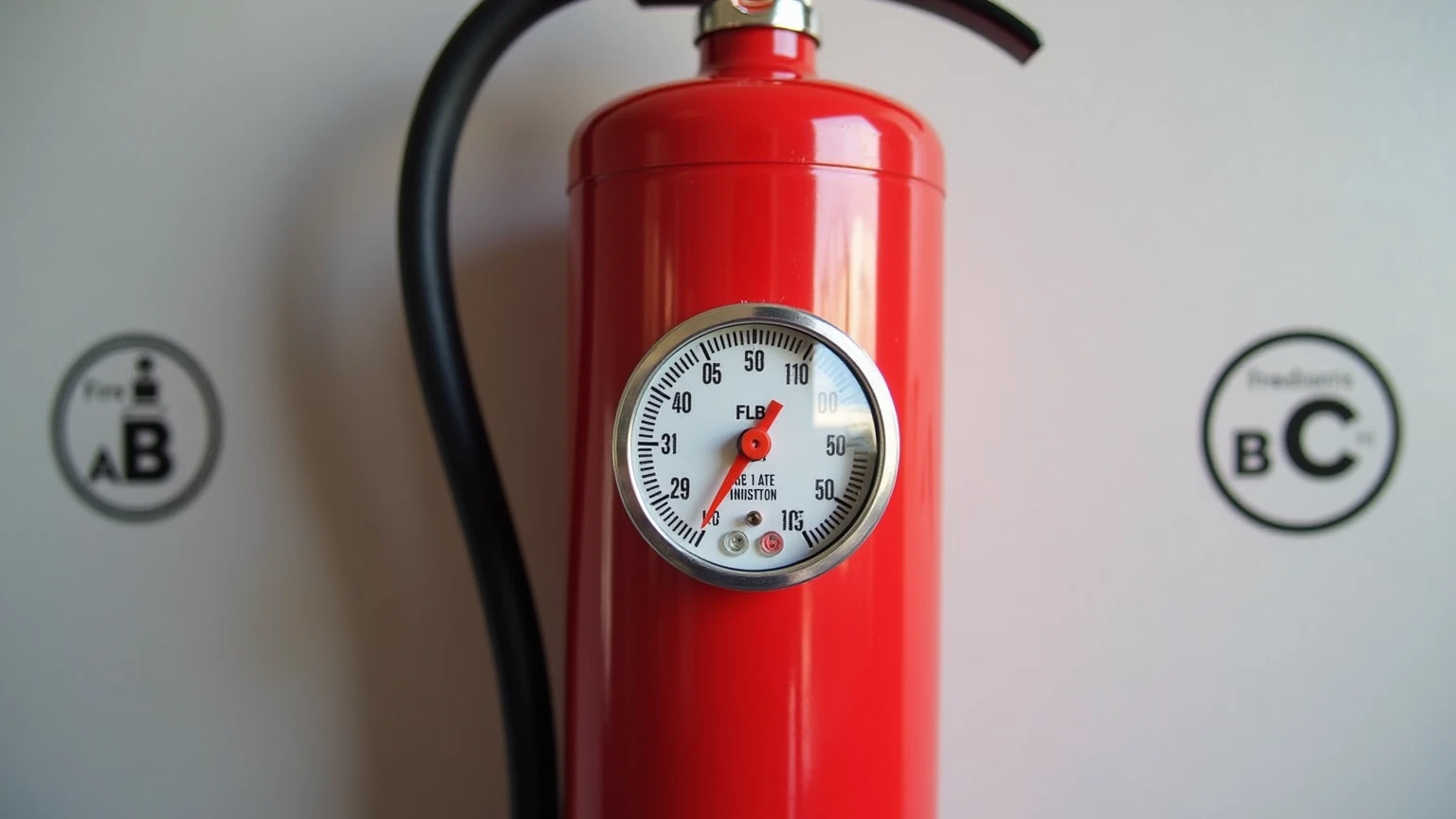When it comes to home safety, one of the most crucial items you can invest in is a fire extinguisher. It’s not just about having one; it's about having the right one. A 5lb fire extinguisher can be a life-saving tool in an emergency, but how do you know which one suits your needs best? This guide will dissect everything you need to know about 5lb fire extinguishers, including their classifications, benefits, key features, and maintenance.
Before choosing a fire extinguisher, it's essential to understand the classifications of fires and how they correspond to different types of extinguishers. This knowledge equips you to tackle various fire emergencies effectively.
This class covers fires that involve ordinary materials like wood, paper, cloth, and some plastics. The extinguishing agents for Class A fires are typically water-based or foam. A 5lb extinguisher is effective for small Class A fires, making it suitable for most home environments.
Fires fueled by flammable liquids such as gasoline, oil, and paints fall into this category. Class B extinguishers often contain dry chemical agents or foam to smother the fire and prevent re-ignition. For areas in your home with potential flammable liquids, a 5lb unit can provide adequate coverage.
Electrical fires can be dangerous and require a specific type of extinguisher that won't further conduct electricity. A Class C extinguisher is usually dry powder-based and is suitable for situations involving electrical appliances or wiring.
While less common in residential settings, Class D fires involve combustibles like magnesium, titanium, and sodium. Specialized extinguishing agents, such as dry powder, should always be used, making this class less relevant for most homeowners.
Class K extinguishers are designed to combat fires that originate from cooking oils and fats, commonly found in kitchens. These contain specific agents that can cool and smother the flames effectively.

Now that you understand fire classifications, let’s explore why a 5lb fire extinguisher is optimal for home use.
A 5lb fire extinguisher strikes a balance between portability and capacity. It’s lightweight enough for most people to handle but still has enough extinguishing agent to tackle small fires effectively.
In an emergency, every second counts. A 5lb extinguisher is easy to grab and maneuver, which is vital during a fire outbreak. Its compact size allows you to store it conveniently in high-risk areas like the kitchen or garage.
A 5lb extinguisher can often handle multiple classes of fires, depending on the agent used. This versatility means you can rely on a single unit for various potential fire incidents around the home.
As with any product, not all fire extinguishers are created equal. Here are the must-have features to consider for optimal safety.
Choose an extinguisher made from durable materials that can withstand high pressure and potential deterioration over time. Steel cylinders are preferred for their strength and longevity.
A functioning pressure gauge allows you to monitor whether your extinguisher is operational. This feature ensures that your unit is always ready for action when you need it most.
The nozzle affects how the extinguishing agent is distributed. Look for a nozzle design that allows for precise control and a good discharge rate to efficiently combat fires.

When it’s time to make a purchase, recognizing reliable brands is essential. Here are some names backed by customer trust and a reputation for quality.
Brand A is known for its high-quality, durable fire extinguishers that boast an impressive track record in emergency situations. Their 5lb model offers multiple classifications to handle diverse fire scenarios.
Brand B has built a loyal following due to its reliable performance and affordability. Their 5lb fire extinguisher consistently receives high marks in customer reviews for ease of use and effectiveness.
Brand C nails the value-for-money aspect with a quality product that competes closely with higher-priced competitors. Their 5lb model stands out thanks to its advanced features like a multi-purpose nozzle and clear instructions.
Investing in a fire extinguisher is only the first step; proper maintenance ensures it works when you need it.
Conduct monthly inspections by checking the pressure gauge and the physical condition of the unit. Look for signs of rust, damage, or obstruction that could impede its effectiveness.
Generally, an extinguisher should be recharged after use. However, even if it hasn’t been used, an extinguisher typically requires recharging after 6-12 years, depending on the manufacturer’s guidelines.
Store your fire extinguisher in an easy-to-reach location, away from places prone to heat. Ensure it’s also mounted clearly, so every household member knows where to find it in an emergency.
1. How often should I inspect my fire extinguisher?
You should inspect your fire extinguisher at least once a month and have it serviced annually.
2. Can I use a fire extinguisher on any type of fire?
No, it is crucial to use the correct class of extinguisher for the type of fire. More versatile extinguishers can handle multiple classes effectively.
3. How do I know when my fire extinguisher needs to be replaced?
Look for the expiration date on the label, and if the extinguisher has lost pressure or shows physical damage, it should be replaced.
4. Where is the best place to store a fire extinguisher?
Store it in easily accessible areas such as the kitchen, garage, or near a high-risk appliance, away from direct heat.
Having the right fire extinguisher in your home can mean the difference between a minor inconvenience and a major disaster. By thoughtfully selecting a 5lb extinguisher and maintaining it properly, you can provide peace of mind for yourself and your family.